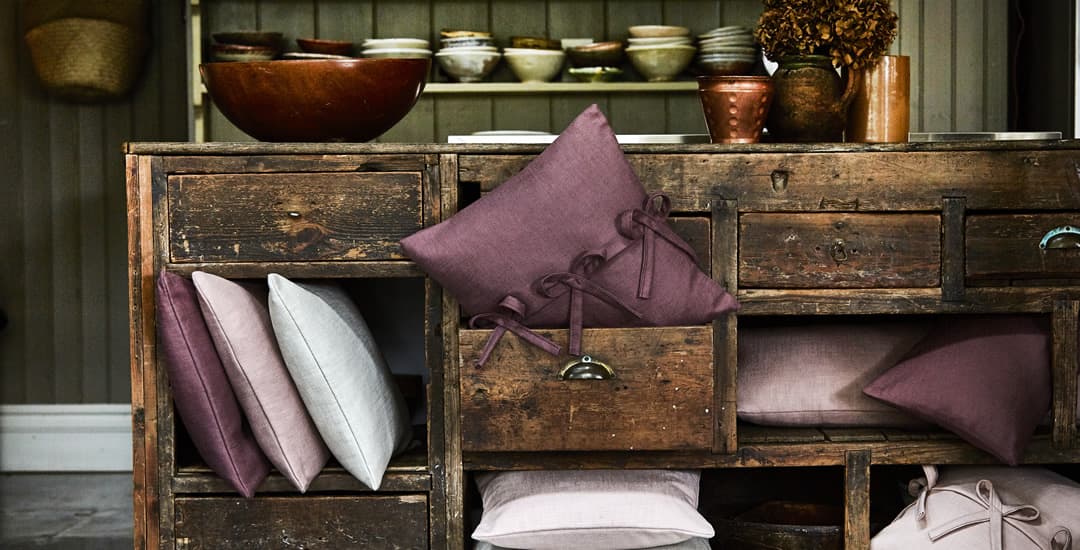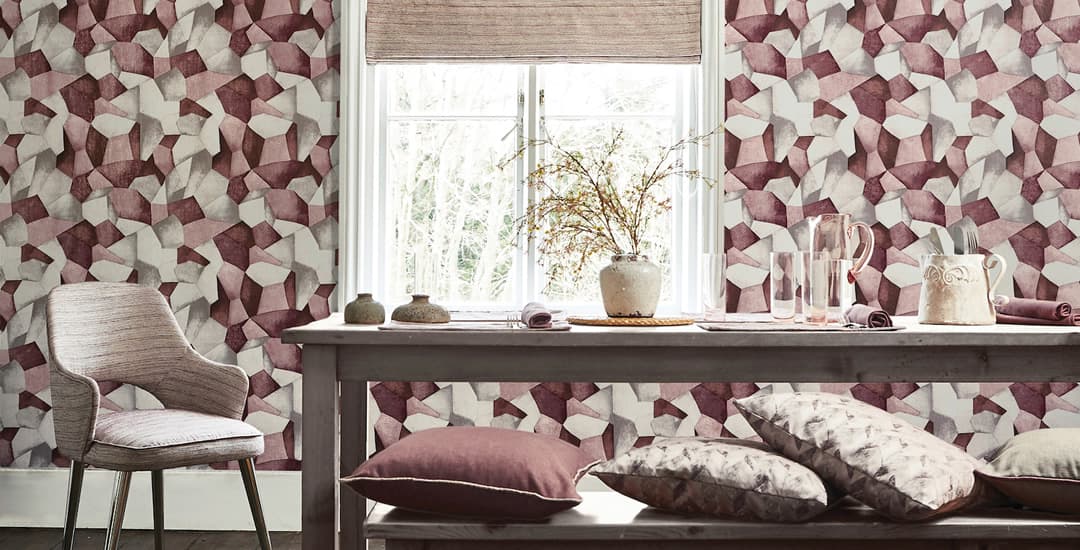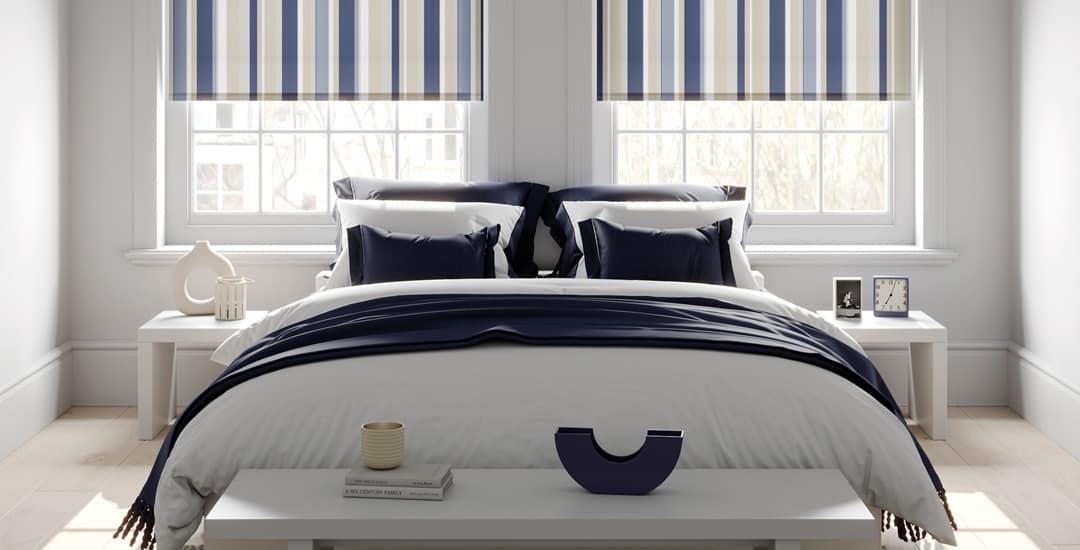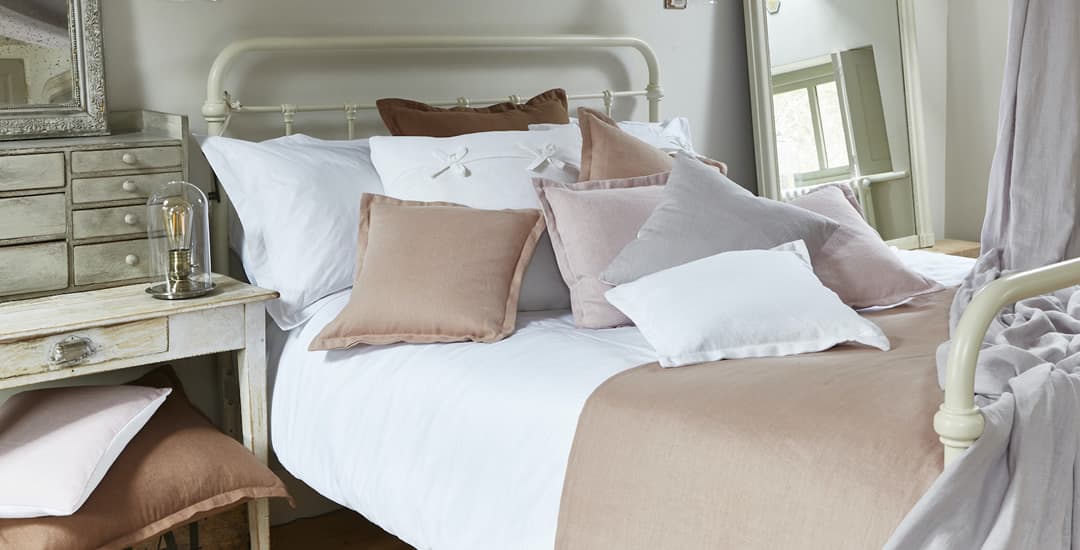
If you’re taking a proactive approach to designing the interior of your house rather than just filling it ad-hoc with bits from Argos and Ikea and calling it good, the chances are that you’re keen to finish up with an impressive end result but perhaps don’t quite know where to start, and hiring an interior decorator probably isn’t on the cards.
So, how do you design a good interior without professional advice? This blog post will share some DIY interior design tips to get you started.
How do I design the interior of my house without unlimited funds?

Before you buy a single thing or make a single decision about what you’re going to do, you need to know or decide upon your budget, and then make a plan for how and where to spend it.
This might potentially be the most time-consuming part of all, in fact! If you have a firmly fixed budget, working out how to get everything you need with it and/or shopping around and making compromises can be a fairly lengthy process.
If you’re not sure what sort of budget you might need because for instance, you have no idea what sort of price range a new carpet, set of blinds, or other individual requirement might run to, looking around to work out pricing norms and budgeting from there can be quite time-consuming too.
However, it is important to have a clear and realistic budget in place before you start deciding the fine details of things, like the colour scheme or schemes you’ll be using, what sort of things you’re going to buy and how many of them, and the end result you want to achieve overall.
How do you design a good interior and avoid common errors?

So, your budget is in place and you have a fairly clear idea of what needs to be spent where. Now you need to know how to interior design your own home DIY-style without falling for potential pitfalls that can herald the end of your big ideas before they’ve come to fruition.
There are three things you need to factor in here to get yourself on the right track and stay on it until the job is done, which are:
- Know (or learn) your own limitations.
- Involve the other people that live with you.
- Set a timeframe.
I have talked about all three of these things in great detail in this blog post on interior decorating mistakes to avoid, if you want to check that one out too.
How do I design the interior of my house without professional help?

The points I’ve made above are solid in terms of providing you with four corners to work within:
Setting a budget, knowing (or identifying) your own limitations, setting a timeframe for completion, and ensuring that you involve other members of your household in the process.
From there though, knowing where to look for style inspiration, get feedback on what looks good or doesn’t work, and actually putting your plans into practice is a whole new game of its own.
So, how do I design the interior of my house without professional help?
First up, look for inspiration to give you an idea of what sort of style or look you want to go for, and narrow down your choices and preferences from there. This might begin as broadly as deciding if you want a theme or colour scheme to run throughout the whole home or to style each room differently, and will end up with literally picking out the colours/prints/patterns of individual items of furniture or décor and putting them in their designated place.
Given that you don’t have access to a personal interior decorator to call on for advice, it can be easy to feel daunted or second-guess yourself when it comes to your choices or plans, but remember that it isn’t just paid interiors professionals that can help you out here.
Look at interiors magazines, websites, and videos, DIY forums/websites/tutorials, and ask your friends whose tastes match your own or that you admire for tips, insights, and their opinions.
When it comes to executing your ideas and getting things done, don’t be afraid to learn new skills, try things out, and vitally, practice.
If you’re having your first go at wallpapering, for instance, use an offcut of chipboard to practice on to see how you get on with pasting, laying the paper and smoothing it off, and getting to grips with how unwieldy or otherwise you find handling the paper, lining up the seams for pattern matching, and whether or not you may need help.
You can also potentially get professional interiors advice or opinions for free when it comes to designers with a strong online/social media presence, and get direct answers to questions from them too; particularly if answering your question will give the designer a chance to share information that might get uptake to support their own online presence at the same time.
When it comes to interiors blogs both very broad and more specific, most bloggers who post either professionally or for the love of what they do will be keen to engage with commenters, so you can also have your say or ask for tips in blog comment sections or by emailing the blogger directly, including talking to me here at the English Blinds blog.
I will honestly reply to all comments/respond to all emails, however weird or silly you think your question is, but please don’t take that as a challenge!




